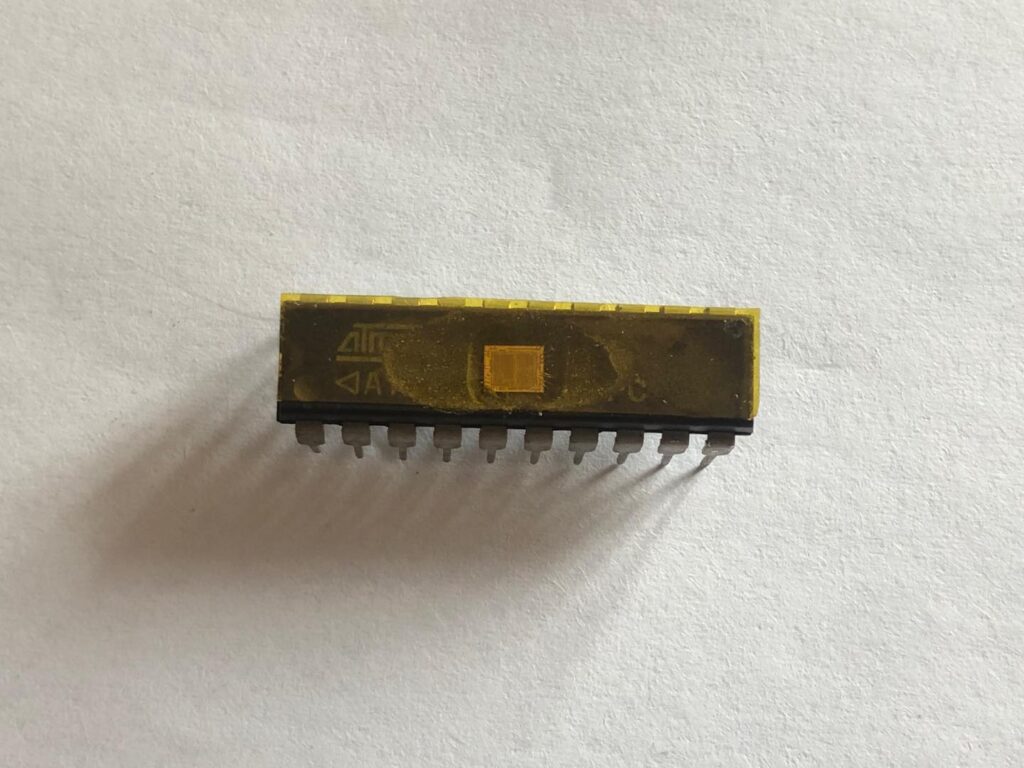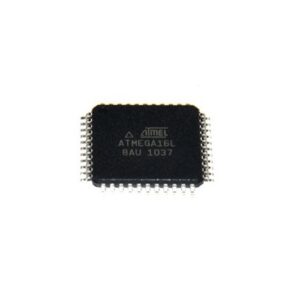 Break ATmega16L Locked MCU Flash Memory
Break ATmega16L Locked MCU Flash Memory
Break ATmega16L Locked MCU Flash Memory and copy heximal code to new atmega16l microprocessor, after extract embedded firmware from microcontroller atmega16l;

The Microchip AVR® ATmega8A contains 512 bytes of data EEPROM memory. It is organized as a separate data space, in which single bytes can be read and written.
The EEPROM has an endurance of at least 100,000 write/erase cycles. The access between the EEPROM and the CPU is described bellow, specifying the EEPROM Address Registers when crack atmega16a microcontroller flash memory, the EEPROM Data Register, and the EEPROM Control Register.
The EEPROM Access Registers are accessible in the I/O space.
The write access time for the EEPROM is given in Table 8-1 on page 27. A self-timing function, however, lets the user software detect when the next byte can be written.

quebrar ATmega16L bloqueado MCU memória flash e copiar código heximal para o novo microprocessador atmega16l, após extrair firmware incorporado do microcontrolador atmega16l
If the user code contains instructions that write the EEPROM, some precautions must be taken in order to recover atmega16 microprocessor firmware. In heavily filtered power supplies, VCC is likely to rise or fall slowly on
Power-up/down. This causes the device for some period of time to run at a voltage lower than specified as mini- mum for the clock frequency used.